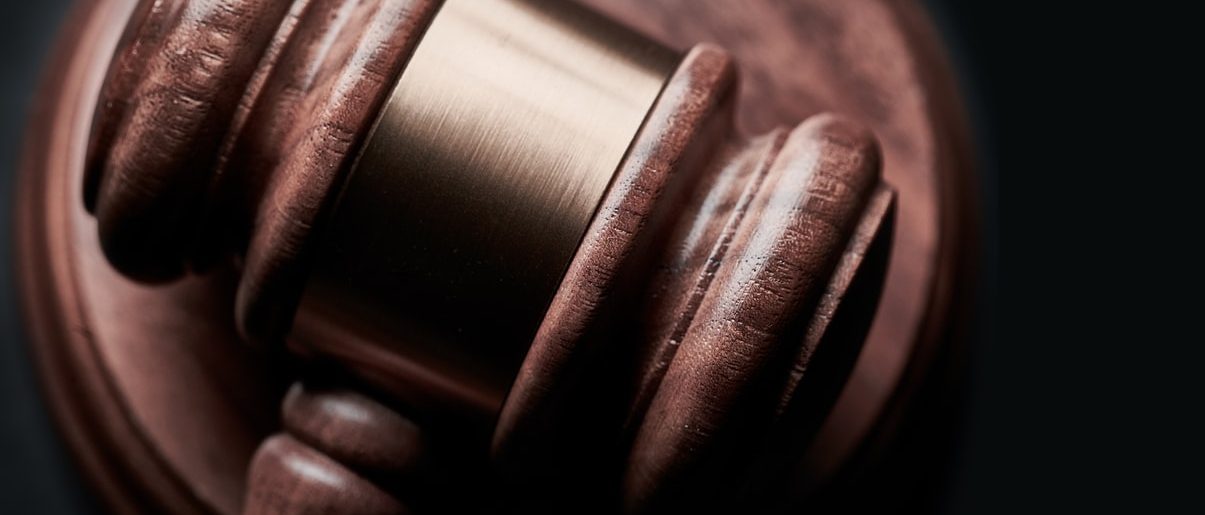In recent weeks’ evidence stage of the colloquially termed ‘Claremont serial killer’ trial, came to an end, in a way that probably took a lot of people by surprise. Bradley Robert Edwards, the man charged with the murder of three girls between 1996 and 1997, did not bring a defence against the charges. He didn’t call any witnesses or even give testimony himself. His lawyer only tendered some evidence of weather conditions on one of the days one of the murders was committed So, why not more evidence?
No requirement for a defence
It is a key principle in our Australian legal system that a defendant does not have to bring a defence to charges against them. This applies to criminal matters, such as the Claremont serial killer trial, and civil matters, too.
You may have heard the phrase “no case to answer”. When the defendant believes the prosecution has not brought sufficient evidence to prove their case, they can make a “no case to answer” submission. If the defendant chooses to do this, they are essentially saying “the prosecution hasn’t managed to prove that I am guilty, so I have no case to defend”.
If the defendant chooses not to defend the charges against them, their choice cannot be viewed as a sign of guilt. In WA, the Evidence Act says that an accused person cannot be compelled to give evidence, (section 8(1)) and goes on to say that if they do not give evidence, this “shall not be made the subject of any comment by the prosecution” (section 8(1)(c)).
The decision whether or not to bring evidence as a defendant can be a strategic decision. For an overview of other aspects of trial strategy, you can read our previous article here.
The rule that a defendant doesn’t have to bring a defence is based on another fundamental principle of our legal system – “he who asserts must prove”.
Onus of proof
The onus of proof refers to who is required to prove a civil wrong or guilt, (or innocence) at a trial. In the Australian legal system, whether the matter is criminal or civil, the person who is asserting a wrongdoing is the person who must prove the wrongdoing occurred.
For example, if you accuse someone of breaking a contract, you have the onus of proving that they breached the contract – they do not have to prove that they didn’t do it.
This is where the phrase “innocent until proven guilty” comes from. It is one of the foundational concepts of our justice system that every person is innocent, until it can be proven otherwise. So, using the Claremont serial killer trial as an example, Bradley Robert Edwards does not have to prove anything – it is up to the prosecution to prove the charges they have brought against him. Until they have done that, Bradley Edwards is innocent.
Since the onus of proof is on the person asserting the wrongdoing, (prosecution in criminal matters and plaintiff in civil matters) the defendant is not required to say anything or bring any evidence. That’s why Bradley Robert Edwards was within his rights to choose not to call any witnesses or give testimony.
Standard of proof
We’ve established that the onus of proof refers to who has to prove the wrongdoing. So, what’s the standard of proof?
The standard of proof refers to the level of proof that needs to be brought before a guilty verdict can be handed down. In other words, how convincing does the prosecution/plaintiff’s case need to be? This is where criminal and civil matters differ. The standard of proof for criminal trials is “beyond reasonable doubt,” whereas in civil trials it’s “the balance of probabilities”.
Beyond reasonable doubt
Beyond reasonable doubt does not mean that there cannot be any doubt at all. It means that if the evidence brought by the prosecution is so convincing that, although the accused’s case is possible, it is not probable, then the standard will be reached. This is a very high threshold to reach. The reason the standard of proof for criminal trials needs to be so high is because the stakes are often very high and there is a presumption of innocence.
Balance of probabilities
The balance of probabilities is used in civil matters and is a lower threshold than the criminal standard of proof. This means that the Judge will make a decision based on weighing up the probability of whether or not what is being asserted happened. Some people say that the balance of probabilities will be met if there is a 51% chance that the wrongdoing occurred, but this is not strictly how it works.
In Briginshaw v Briginshaw (1938), the High Court said there must be an “actual persuasion” of something’s “occurrence or existence before it can be found”. Something cannot be found to have happened “as a result of a mere mechanical comparison of probabilities”.
At Lynn & Brown Lawyers, we have a team that is experienced in running civil trials and understands trial strategy. Often the most crucial decision in trial strategy is what evidence not to lead and what questions not to answer.
Family law
Although family law matters fall under the civil category, they are slightly different to what has been described above. In criminal matters, and most civil matters, one party is asserting a wrongdoing against the other party. However, in family law trials it is more a case of each party has their own position and is responsible for proving their position.
For example, in a property settlement, if one party hold the position that they earned all the money and did all the housework and their former partner didn’t contribute at all, they need to prove that position. On the converse, the other party might hold the position that the financial and non-financial contributions were equal. Therefore, they would need to prove their position. The Judge will then make a decision based on the balance of probabilities.
In matters involving children, the overarching principal is that the court needs to reach a decision that is in the best interests of the child. In some instances, this can mean that ordinary rules of evidence are not adhered to. For example, hearsay evidence or illegally obtained evidence, (both of which would normally be inadmissible) could be allowed if it helps the Judge reach a decision that’s in the best interests of the child.
Ultimately, family law matters are civil and therefore the standard of proof is still the balance of probabilities, however, there is no onus of proof as such. That is, neither party necessarily has the onus of proving a particular wrongdoing against the other, it is more a case of each party trying to prove their respective position.
Legal advice
The principals covered in this article are just some of the many rules and principals that apply in both criminal and civil trials. Lynn & Brown Lawyers have a lot of experience in preparing for and running trials and developing trial strategy.
If you have a dispute that needs to be resolved, please don’t hesitate to contact Lynn & Brown for expert legal assistance.
About the authors:
This article has been co-authored by Chelsea McNeill and Steven Brown at Lynn & Brown Lawyers. Chelsea is in her fifth year of studying Law at Murdoch University. Steven is a Perth lawyer and director, and has over 20 years’ experience in legal practice and practices in commercial law, dispute resolution and estate planning.

















